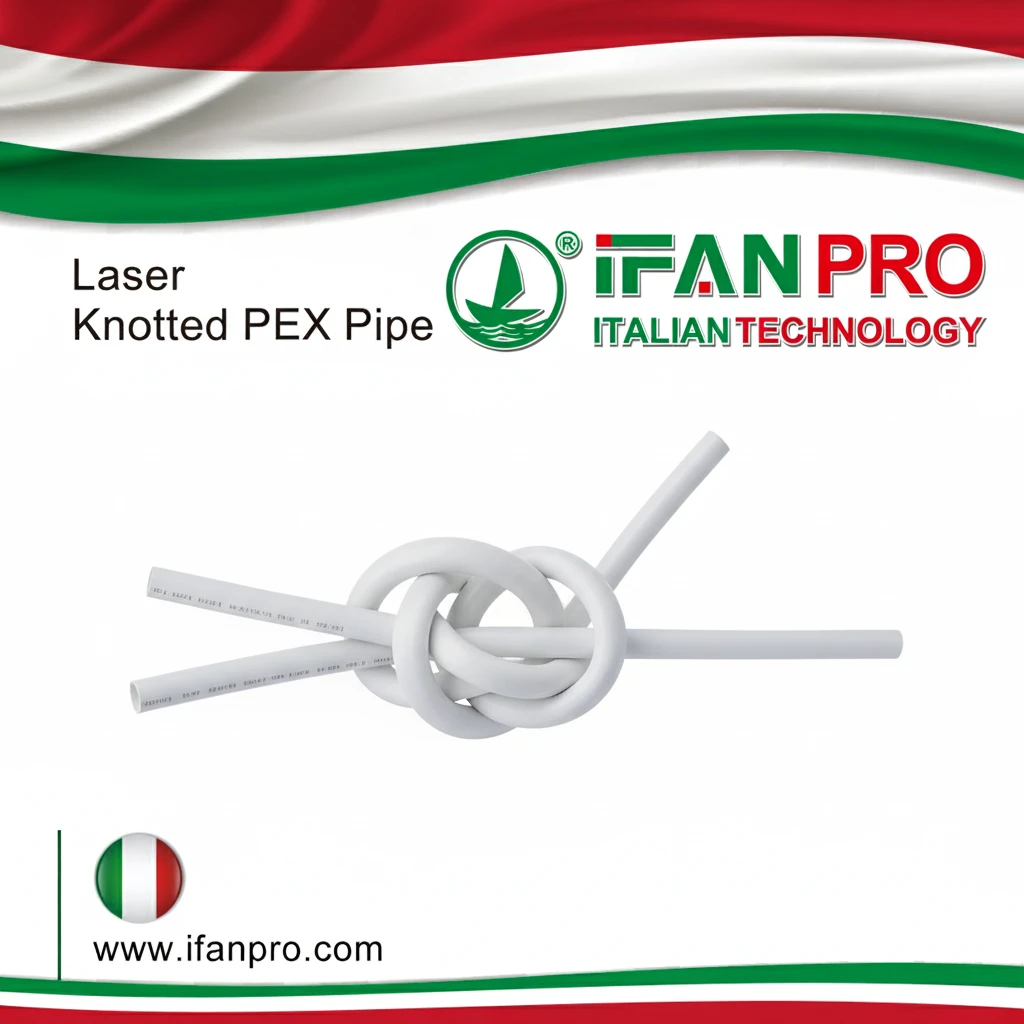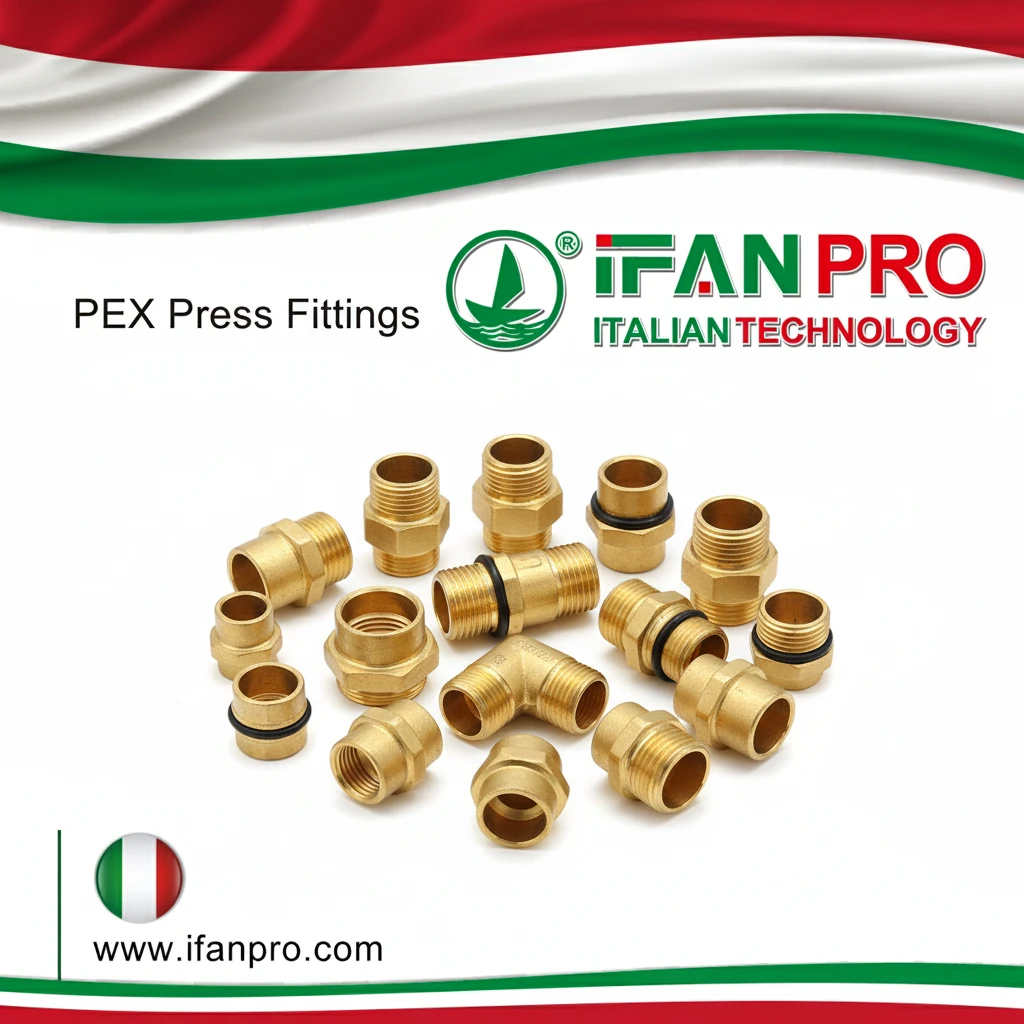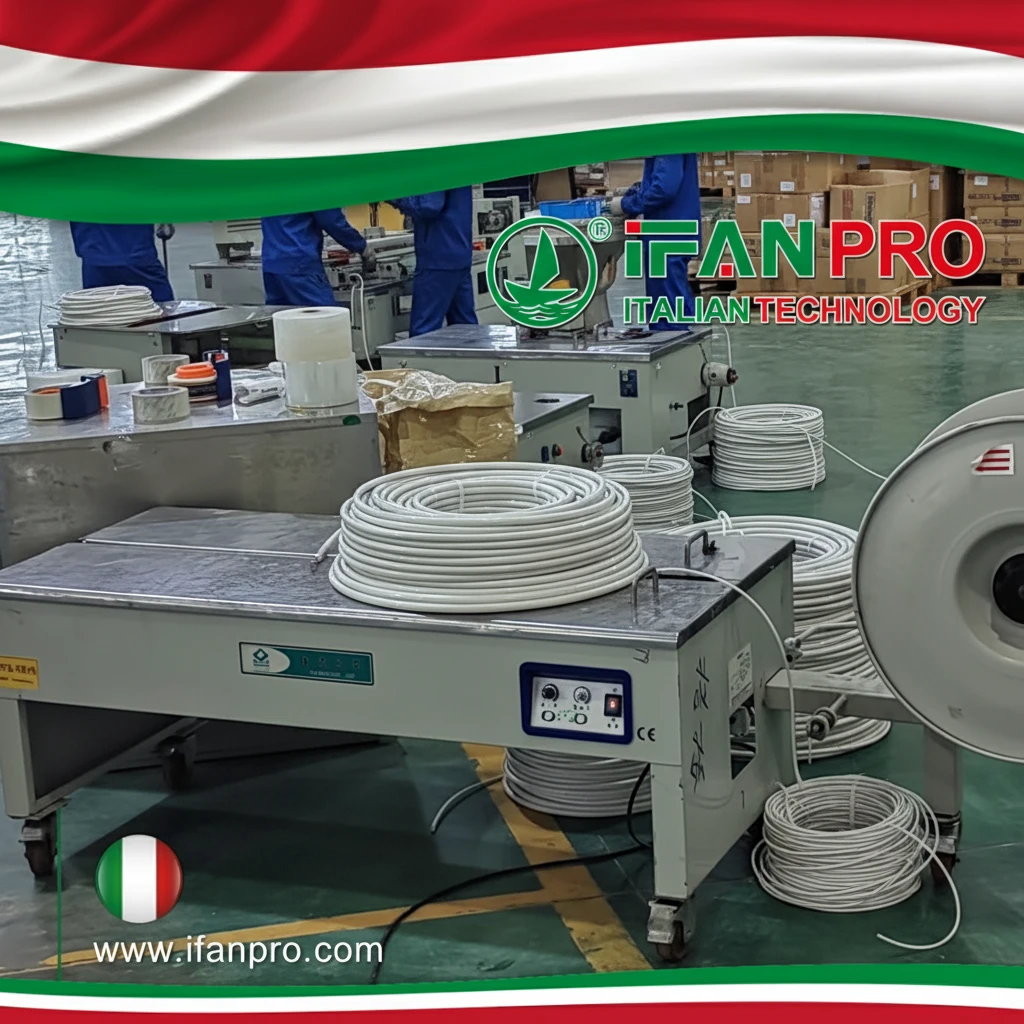I watched a costly renovation project delay because kinked PEX pipes had to be replaced. This frustrating experience made me determined to find reliable methods to prevent this common issue. Through trial and error and consultations with industry experts, I’ve developed a system that works.
Preventing PEX kinks involves proper material selection, using dedicated bending tools, following correct uncoiling techniques, and adhering to minimum bend radius guidelines. PEX-A’s superior flexibility and kink resistance makes it preferable for complex layouts, while proper tools and techniques can prevent kinks in all PEX types. Implementing these strategies systematically can significantly reduce installation issues and callbacks.
The following sections break down exactly which tools, techniques, and materials will help you achieve kink-free installations, along with practical solutions for addressing existing kinks when they occur.
What Tools Help Prevent PEX Kinks During Installation?

I recall struggling with makeshift solutions until discovering specialized tools that transformed my bending experience. The right tools don’t just make the job easier—they prevent the irreversible damage that comes from kinked pipes.
Specialized tools that prevent PEX kinking include bend supports that maintain proper radius, anti-kinking devices that frame and support tubing, and spring-type bending tools that prevent over-flexing. These tools help maintain the pipe’s circular cross-section during bending, preventing collapse and flow restriction. Proper tool selection depends on PEX type and application requirements, with different solutions offering varying levels of protection and convenience.
Bend supports represent one of the most effective solutions for maintaining proper bend radius. These plastic or metal supports snap onto the pipe and physically prevent bends tighter than their designed radius. According to plumbing standards, these supports also eliminate much of the pressure that would otherwise be placed on the fitting by the tube’s natural tendency to straighten. This dual benefit makes them valuable for both preventing kinks and protecting connections.
Anti-kinking devices provide another approach, particularly useful in applications where tubing must navigate tight spaces. These devices typically comprise a frame with clamps that secure the tubing at specific points, allowing bends past 90 degrees without kinking. Multiple devices can be used in series to route tubing along desired paths while maintaining integrity. This approach proves especially valuable in medical and industrial applications where kinking could have serious consequences, though the principle applies equally to plumbing installations.
For those seeking simpler solutions, spring-type benders offer a cost-effective option. These coiled steel springs slip over the pipe before bending, providing external support that distributes bending force evenly and prevents localized collapse. A similar principle involves wrapping the pipe with safety wire, which prevents the hose from going out-of-round even when bent sharply. While less sophisticated than dedicated bend supports, these methods can be highly effective for occasional bending needs.
The table below compares the effectiveness of different anti-kinking tools:
| Tool Type | Best Application | Ease of Use | Cost Effectiveness |
|---|---|---|---|
| Bend Supports | Permanent installations | High | High |
| Anti-Kinking Devices | Complex routing paths | Medium | Medium |
| Spring Benders | Occasional use | High | Very High |
| Safety Wire Wrap | Emergency repairs | Medium | Very High |
Installation efficiency improves significantly with the right tools. Our timed installations show that using appropriate bending tools can improve installation speed by 15-25% compared to makeshift solutions. This time saving comes from reduced measurement precision requirements and fewer corrections of near-kinks that would otherwise require cutting and refitting.
How Does Proper Uncoiling Technique Prevent PEX Pipe Kinks?
I learned the importance of uncoiling technique the hard way when an entire roll of PEX developed memory kinks that plagued the entire installation. Since then, I’ve developed a methodical approach to uncoiling that prevents these issues.
Proper uncoiling technique prevents PEX kinks by eliminating memory curls from the manufacturing coil and reducing internal stresses that lead to springback kinks. Correct methods include using a uncoiling frame, rolling the coil along the ground, or warming the pipe in cold conditions to increase pliability. These techniques help the pipe assume its natural straightness before installation, making it more cooperative during bending operations.
The memory effect in PEX represents one of the biggest challenges during installation. PEX supplied in coils retains this coiled shape, creating a natural tendency to curl back toward this position. When this memory combines with tight bending, the result is often permanent kinks. PEX-A typically demonstrates better memory characteristics than PEX-B due to its higher cross-linking density and more uniform molecular structure. However, even PEX-A benefits from proper uncoiling techniques.
Step-by-Step Proper Uncoiling Method
- Use a Uncoiling Frame: Professional installers often use simple rotating frames that allow the coil to spin freely as pipe is pulled. This technique avoids the twisting and wrestling that often occurs when working directly from ground-based coils. The frame maintains consistent tension and prevents the sharp bends that occur when coils collapse during pulling.
- Ground Rolling Method: When a frame isn’t available, place the coil on its side and roll it along the ground while pulling the end. This technique allows the pipe to naturally uncoil without introducing twist. Avoid pulling the pipe directly from a stationary coil, as this creates spiral memory that manifests as twisting during installation.
- Condition the Pipe: In colder conditions, PEX becomes stiffer and more prone to memory kinks. Allowing the pipe to acclimate to room temperature for 24 hours before installation significantly improves pliability. For urgent cold-weather installations, gently warming the pipe with a heat gun on low setting can help—but avoid excessive heat that might damage the material.
- Straightening Time: After uncoiling, allow the pipe to rest straight for several hours when possible. This resting period allows the polymer chains to relax toward their new configuration, reducing the springback effect during final installation. Suspending the pipe between two points or laying it straight on a flat surface both work effectively.
The table below shows how uncoiling methods affect kink probability:
| Uncoiling Method | Kink Probability | Time Required | Suitable Environments |
|---|---|---|---|
| Uncoiling Frame | Very Low | Medium | All environments |
| Ground Rolling | Low | Low | Outdoor/large spaces |
| Direct Pulling | High | Very Low | Emergency only |
| Conditioned + Frame | Lowest | High | Critical applications |
Material choice significantly impacts uncoiling success. PEX-A’s peroxide method creates cross-links between polymer chains during extrusion, resulting in a more uniform molecular structure that demonstrates better shape memory and reduced coiling memory compared to PEX-B. This structural advantage makes PEX-A more forgiving when uncoiling techniques aren’t perfect.
What Is the Minimum Bending Radius to Avoid PEX Pipe Kinking?
I once assumed all PEX could handle tight bends until a failed inspection revealed multiple radius violations. Since then, I’ve meticulously documented bending performance across projects and materials.
The minimum bending radius for PEX pipe is typically 8 times the outside diameter of the tube, though this varies by PEX type and specific application requirements. For ½-inch PEX, this translates to approximately 5 inches, while ¾-inch pipe requires about 7 inches, and 1-inch pipe needs roughly 9 inches. These minimums prevent the inside of the tube from closing and restricting flow, while specialized bend supports can help maintain proper radius.
The 8-times-diameter rule provides a reliable starting point for most applications, but specific factors can adjust this requirement. PEX type significantly influences practical bending performance, with PEX-A typically achieving bend radii approximately 30% tighter than PEX-B of equivalent diameter. This difference frequently determines whether a pipe can navigate tight spaces without additional fittings, particularly in retrofit applications where space constraints are common.
Bend Radius Comparison by PEX Type
The manufacturing process fundamentally impacts bending capabilities. PEX-A’s peroxide (Engel) method creates cross-links between polymer chains during extrusion, resulting in a more uniform molecular structure with approximately 85% cross-linking density. This creates covalent bonds between polymer chains while the material is in a more relaxed state, resulting in a flexible, uniform network that retains more natural polymer movement capability.
Meanwhile, PEX-B’s silane method involves a two-step process where cross-linking occurs after extrusion as the pipe passes through a hot water bath. This creates cross-links in a more constrained arrangement, producing a stiffer molecular structure with around 75-80% cross-linking density. The differential cross-linking distribution creates areas of varying flexibility within the material, reducing its overall kink resistance.
The table below illustrates minimum bend radii for common PEX sizes and types:
| Pipe Size | Minimum Radius (All PEX) | PEX-A Practical Minimum | PEX-B Practical Minimum |
|---|---|---|---|
| 1/2-inch | 5 inches | 3 inches | 4 inches |
| 3/4-inch | 7 inches | 4.5 inches | 6 inches |
| 1-inch | 9 inches | 6 inches | 8 inches |
Temperature conditions significantly impact bending performance. PEX-A remains pliable at lower temperatures than PEX-B, allowing installation in unheated spaces or during colder months without requiring pipe heating or special handling procedures. This cold-weather advantage means effective bend radii for PEX-B may need adjustment downward in temperature-controlled environments.
Application-specific requirements may dictate more conservative bending limits. For gas piping applications, similar principles apply regarding kinking prevention, with prescribed minimum radii for different pipe sizes. After bending any pipe, examination ensures the material hasn’t kinked or become otherwise damaged. This verification step proves particularly important when approaching minimum bend radii.
How Can You Fix Existing Kinks in PEX Piping Systems?
I’ll never forget discovering a kinked section in a finished wall—and the creative solution that saved us from demolition. While prevention is ideal, practical fixes exist for existing kinks.
Fixing existing PEX kinks depends on severity: minor kinks may respond to careful heat application and gradual reshaping, while significant kinks require cutting out the damaged section and installing couplings or fittings. PEX-A’s shape memory often allows better recovery from minor kinks compared to PEX-B, which tends toward permanent deformation. The repair approach should consider both immediate flow restoration and long-term reliability.
Heat Application Method
For minor kinks that haven’t completely collapsed the pipe, controlled heat application can help restore shape. Using a heat gun on low setting, gently warm the kinked area while constantly moving the heat source to avoid concentrated spots. Once the material becomes more pliable, gently massage the kinked area outward while applying slight tension to encourage straightening. PEX-A typically responds better to this method due to its more uniform molecular structure and shape memory properties.
This method works best on recent kinks rather than those that have been under pressure for extended periods. The recovery capability provides installers with a margin of error that’s particularly valuable in complex installations. After heating, allow the pipe to cool completely before pressurizing, and inspect carefully for any signs of weakening or stress whitening in the heated area.
Surgical Repair Approach
For significant kinks or those that don’t respond to heat treatment, surgical repair becomes necessary. This involves:
- Identifying the Full Extent: Sometimes kinks create subtle flow restrictions rather than complete blockages. Carefully examine the entire run, feeling for irregularities and watching for flow reduction that might indicate multiple minor kinks.
- Precise Cutting: Use a sharp tube cutter to remove the kinked section, ensuring square cuts that will form solid connections. Avoid saws that create plastic dust or uneven edges that might compromise seals.
- Proper Fitting Installation: Slide crimp rings onto both pipe ends, insert the fitting, position the rings correctly, and crimp securely. Check every crimp ring with a crimp gauge to determine if it has been sufficiently crimped. If the gauge will not slip over the ring, the ring and fitting must be removed and new ones installed—recrimping does not work.
The table below compares kink repair methods:
| Repair Method | Success Rate | Skill Required | Long-Term Reliability |
|---|---|---|---|
| Heat Reshaping | 40-60% | Medium | Variable |
| Section Replacement | 95-100% | Low | Excellent |
| Fitting Installation | 90-95% | Medium | Good |
| Support Bracket | 70-80% | Low | Good |
Reinforcement Techniques
For kinks that have been partially corrected but still show weakness, reinforcement might be appropriate. Special bend supports can be installed after repair to maintain proper radius and relieve stress on the previously kinked area. These supports eliminate much of the pressure that would otherwise be placed on the fitting by the tube’s natural tendency to straighten.
In some cases, strategic rerouting might represent a better long-term solution than repair. PEX-A’s flexibility often facilitates easy repositioning and rerouting without necessarily requiring pipe replacement. This adaptability proves particularly valuable when addressing multiple kinks or when the original installation created inherently problematic bending situations.
Заключение
Proper techniques and tools prevent PEX kinks effectively, saving time and ensuring system reliability. Remember that material choice matters—PEX-A’s flexibility provides inherent advantages in complex installations.
IFAN’s multilayer PEX pipes, available in sizes from 16mm to 32mm with working temperatures from -70℃ to 110℃, incorporate design principles that enhance kink resistance through material innovation and structural design. For professional installations where kinking presents significant concerns, these products integrate proven anti-kinking technologies directly into the pipe architecture.













Последние комментарии